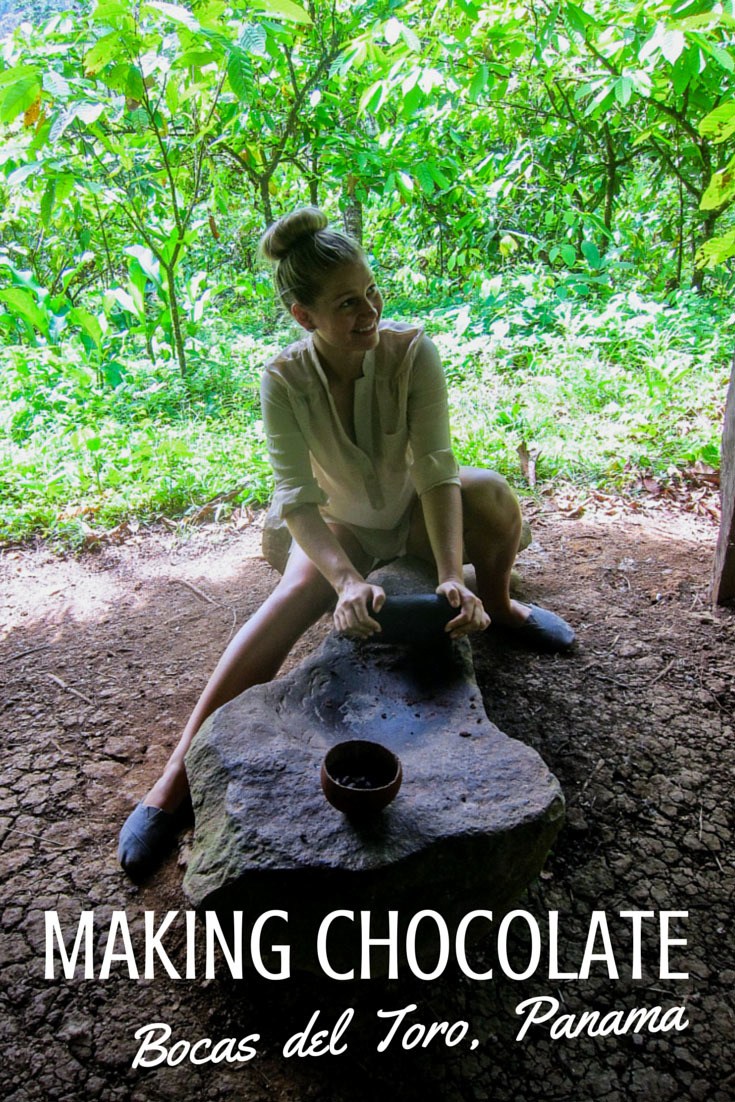
The beautiful coastal province of Bocas del Toro in Panama was one of the first areas of Central America to have been visited by European explorers, although it was occupied by indigenous tribes much earlier than the early sixteenth century when it was discovered by Europeans.
While Panama may not be among the largest of the world’s chocolate producers, it is certainly developing a reputation as a great producer of high-quality organic chocolate. I took a tour of one of the most interesting chocolate production areas in the country, and I learned that there is a whole lot more to Bocas del Toro than just stunning beaches and great surfing!
The Cacao Farms Of Bocas Del Toro
At the start of your visit on this tour, one of the first stops is at the farms where the cacao is grown. While much of the area is cultivated, there is also diverse natural life thriving around these farms. Your guide will take you on a walk that alternates between the cacao fields and the jungle that surrounds the area.
The range of plant life here is very impressive!
There are also plenty of animals that you can often spot around this part of Bocas del Toro, including toucans and red frogs, and your guide will usually point these out for you if they spot them.
Highlights of the Tour
One of the great aspects of the tour is when the women of the Ngabe tribe take you into their rancho thatched sheds where they treat the cocoa beans in the same way that they have been doing for centuries.
The women are all dressed in their traditional cultural dress as they give you the tutorial on how they make the chocolate, and they also serve a traditional meal as a grand finale to the tour. This usually includes elements of the traditional local diet of fresh vegetables and tubers, along with some chicken to complete a tasty meal.
Making Organic Chocolate in Bocas Del Toro
Fortunately, for those who are taking the tour, you’ll get to make and taste the chocolate!
You’ll taste fresh cacao fruit, right off a tree, and taste the cacao in different stages of production. You’ll taste the raw cacao nibs after they’ve been roasted and get the chance to grind the cacao down into chocolate.
You’ll get a chance to buy some of the local chocolate before heading back into town as well, so take a few extra dollars (or Panamanian balboas) for this purpose. Chocolate aficionados will find their chocolate to be great value and having a good flavor, while the cacao nibs are my personal favorite for adding to smoothies!
The Background of Cacao Production in Panama
Cacao has long been produced in Panama, and the local traditions include using it as a drink as opposed to the traditional western consumption of chocolate when it is formed into a bar or sweets. The Kuna people are a tribe that are found in several areas of the country, and they are known to drink around five cups of chocolate every day.
The plant also serves another role in some parts of the country, as the beans are burnt as an incense by local shamans, and the smoke of these beans are also used as a herbal remedy for many conditions.
An Overview of the Ngabe People
In the Ngabe language, the people of this indigenous group simply call themselves ‘Guaymi’, which is their word for people, and they are traditionally a group that have survived through agriculture, hunting and fishing around the coastal areas of Panama.
Most of the men usually wear western clothes now, but the women still commonly wear the traditional long gowns that have bright bands of different colors.
Originally the indigenous group would have been found in some of the best land in Panama, but after repeated conflicts with colonial powers, over the centuries they have become a group that is usually found in the highland areas where the growing conditions are ideal for chocolate, but not so favorable for many other crops.
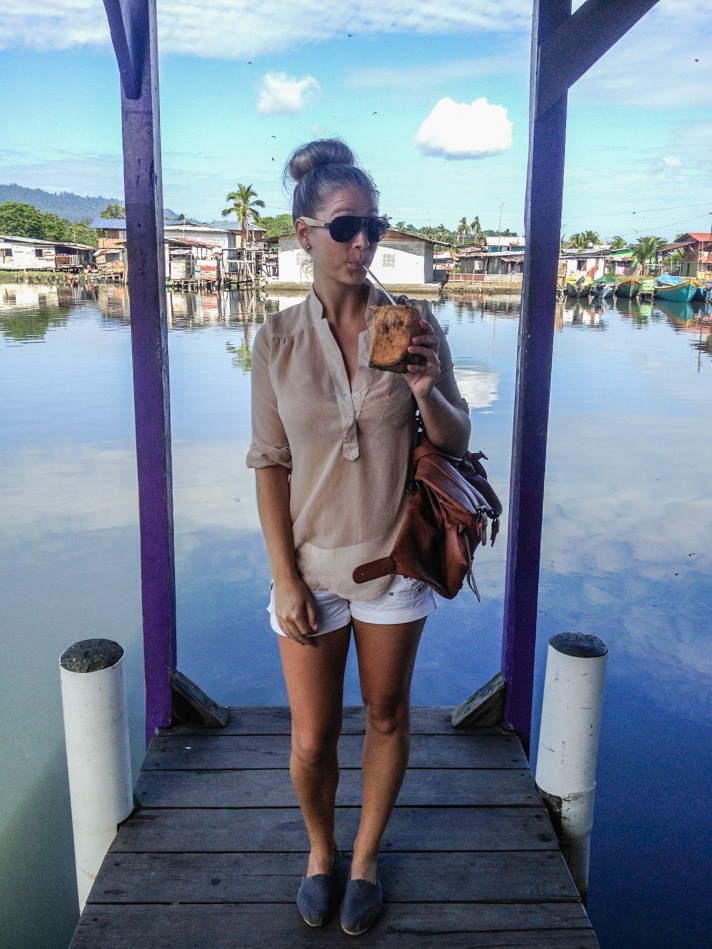








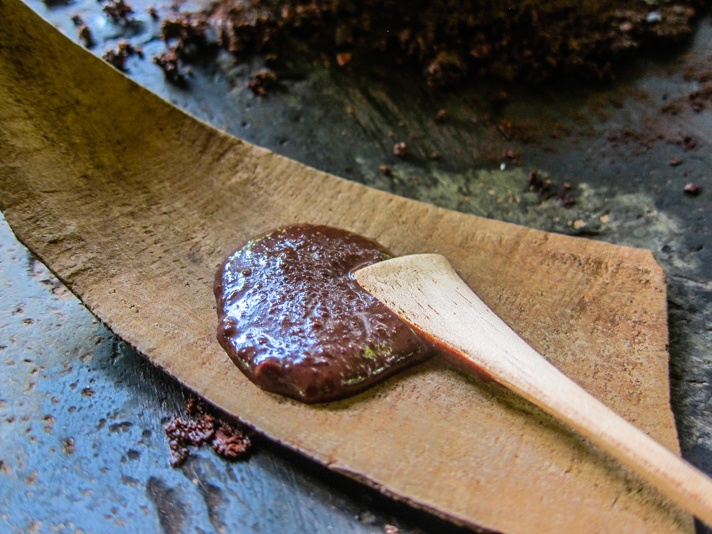



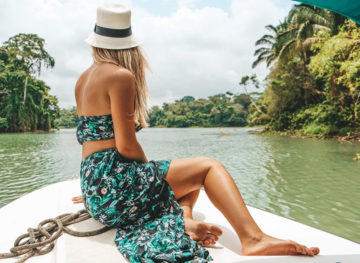
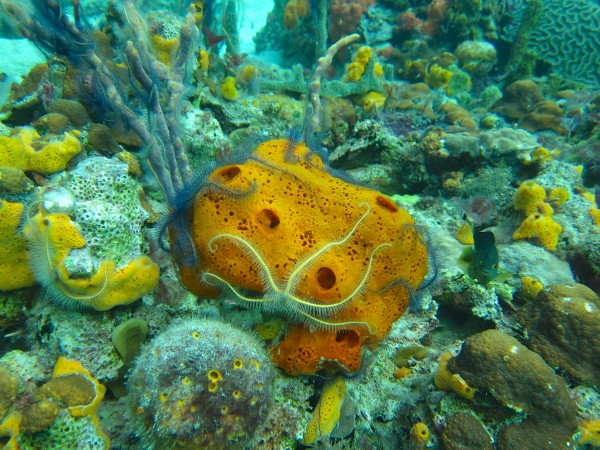
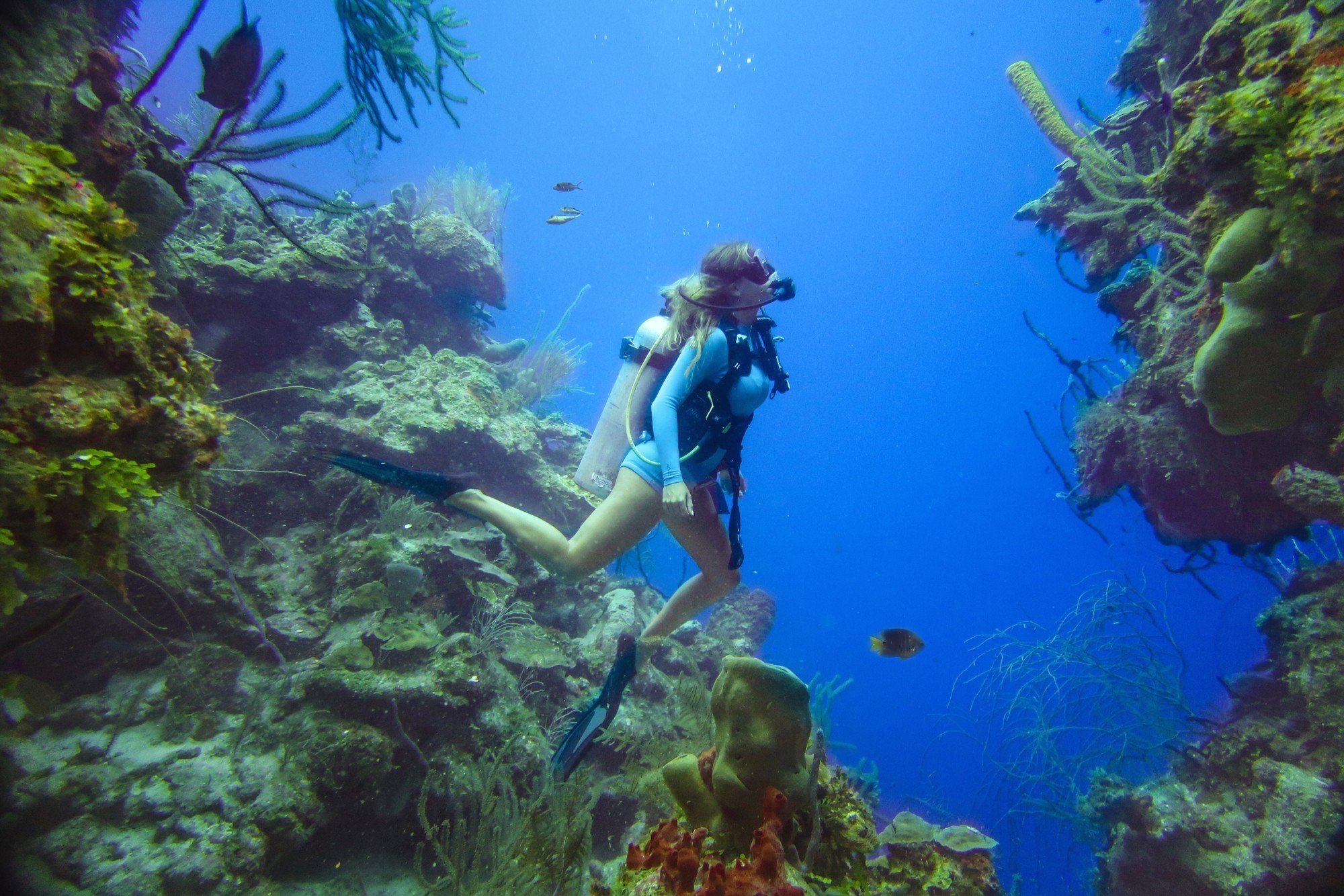
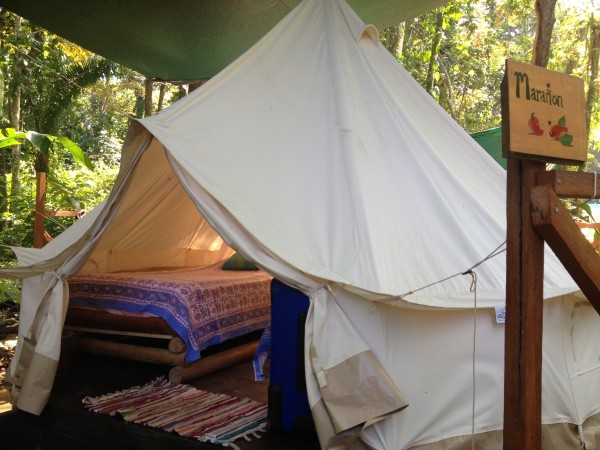
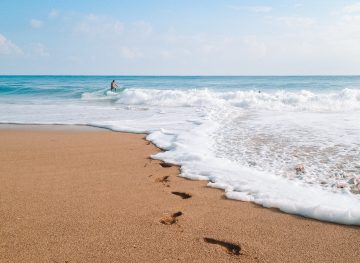
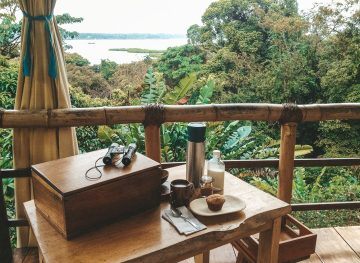




This is perfect! I’m going to Costa Rica and Panama in June and really wanted to go on a chocolate tour. I did chocolate making in Guatemala, but that was after it was in nib state. I’m dying to see the other stages!